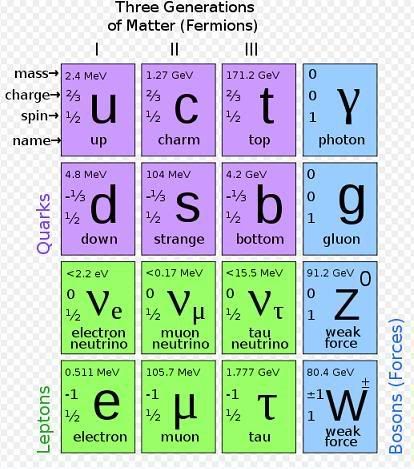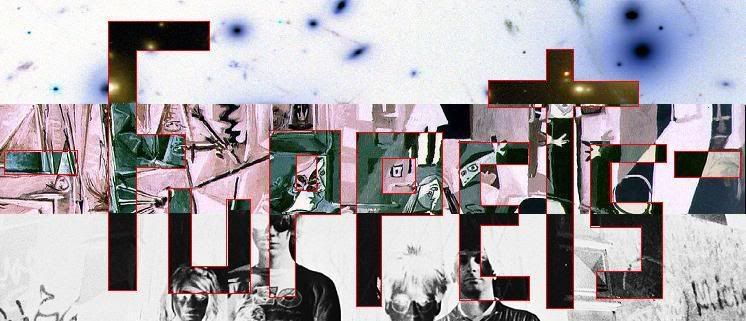
The above Feynman Diagram shows the process by which a "top quark" (labeled "t" above) was created and discovered by scientists at the world's most powerful particle accelerator, Fermilab's Tevatron.
Quarks are the seemingly fundamental particles that, when combined in threes, make up the hadrons in our Universe. Hadrons are particles such as neutrons and protons, the major constituents of all matter.
Quarks come in six different types, or "flavors", up (symbol: u), down (d), charm (c), strange (s), top (t) and bottom (b). These names do not intend any meaning other than a method of differentiating between the 6 types. Up and Down quarks are relatively light in mass and occur throughout nature. Protons, for example, are composed of two Up quarks and one Down quark. The other 4 however are much more massive and can only be seen or detected in high energy particle collisions, such as those produced in the Fermilab.
The collisions seen at Fermilab produced single Top quarks, (The lowercase t in the top diagram), the first time ever we have managed to create and study them in detail.
Searching for single-top production makes finding a needle in a haystack look easy. Only one in every 20 billion proton-antiproton collisions produces a single top quark. Even worse, the signal of these rare occurrences is easily mimicked by other “background” processes that occur at much higher rates. - ( Science Daily )
The highly massive (relatively speaking) Top quarks have a very short existence, something on the order of 1 × 10 to the −25 seconds. That is nearly non-existent and shows how hard it is to actually document the creation of one of these bad-boys.
Quarks were discovered in 1965 when, in an experiment which used a particle accelerator to shot electrons at atomic neutrons, it was found that the electrons "bounced off" the neutrons not as if off of a single particle, but as if the neutron was composed of three separate particles. These came to be known as quarks. Here is a diagram showing the current standard model for the fundamental particles that make up existence as we know it.


No comments:
Post a Comment